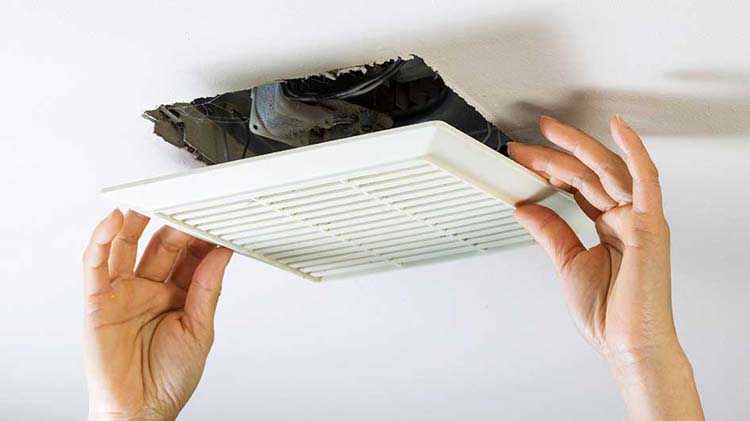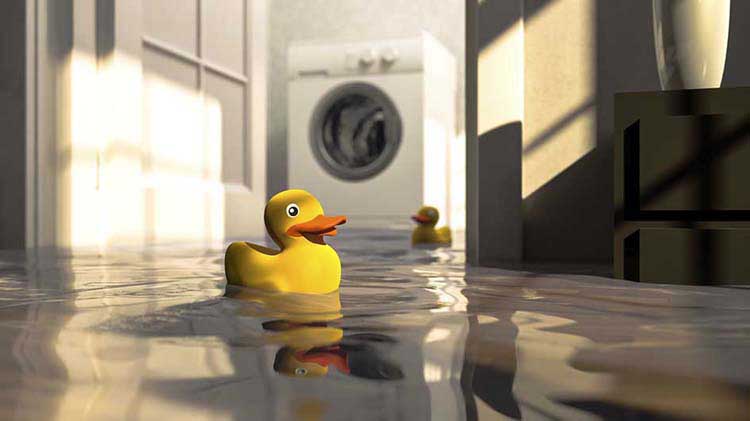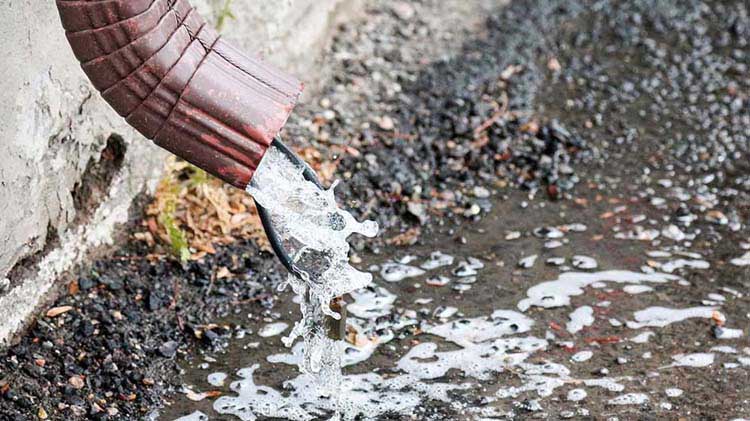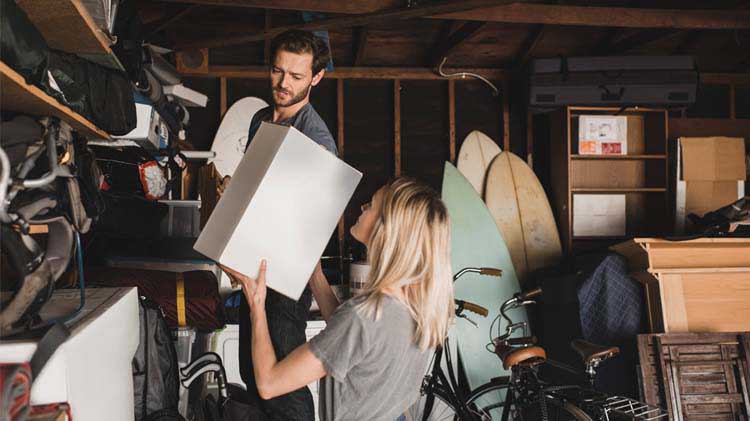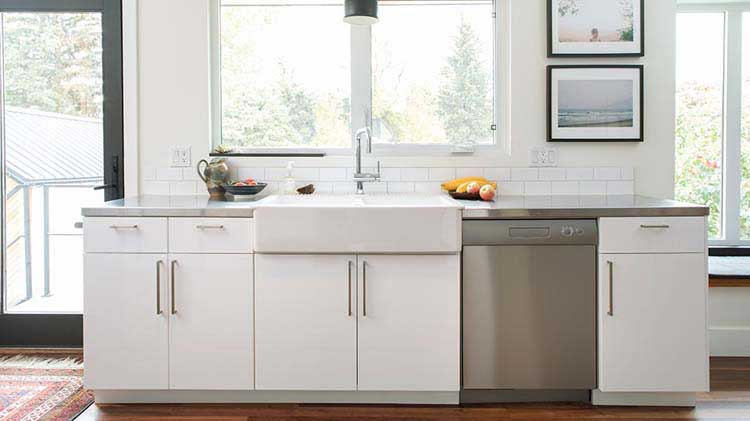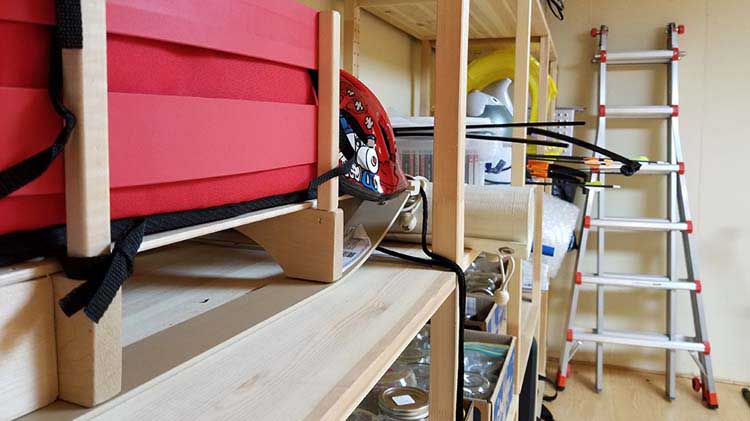Conquer home humidity problems with these tips
High home humidity can be uncomfortable. Worse yet, it can pose a threat to your home's structure and surfaces.
According to ENERGY STAR®, the U.S. Environmental Protection Agency's voluntary program for energy efficiency, the ideal indoor humidity level is between 30% and 50%. Proper management of indoor humidity levels has several positive effects. If you implement solutions to keep your home in the right range, you could:
- Improve personal comfort
- Control moisture that can damage your home's wood, paint and siding
- Prevent mildew growth and odors in clothing and belongings
- Improve indoor air quality by reducing dust mites, mold and other allergens
- Reduce pest infestations
- Improve the energy efficiency of your air conditioner
Here are some ways to maintain that healthy range and clear the air by reducing and controlling humidity at home:
How to reduce and control humidity
Some Southern homeowners use their air conditioners year-round to combat humidity. Theo Etzel, CEO of Conditioned Air Corporation of Naples Inc. in Naples, Florida, has these recommendations for more effective continuous use of your cooling system:
- Set the fan to automatic. (Keeping it in the "on" position actually re-humidifies the space by blowing air over a wet coil when the condenser cycles off.)
- Invest in a unit with a variable-speed air handler.
- Consider installing a whole-house dehumidifier.
- Don't automatically lower the thermostat. Etzel says turning down the thermostat to reduce humidity can be a sign of an oversized air conditioning system. If you're using the thermostat, though, smart thermostats can be part of a humidity strategy.
Ways to cut excess humidity
Etzel notes that air-conditioning systems can only keep up with the moisture they're designed to remove, whether the systems condition fresh incoming air, recirculating interior air or both.
Here are ways to help keep additional moisture and humidity from infiltrating the home:
- Install vent fans in kitchens and bathrooms.
- Run a dehumidifier.
- Cover dirt floors in crawl spaces with a plastic vapor barrier.
- Seal air and duct leaks.
- Select house plants that absorb moisture from the air, such as Boston ferns.
- Keep air conditioning drip pans and drain lines clean and unobstructed.
- Avoid activities that add moisture to the air on humid days, such as taking hot showers and boiling water on the stove.
- Take measures outside. ENERGY STAR suggests keeping gutters and downspouts clean, extending downspouts further from the house, watering plants only when needed and sloping soil away from foundations to keep water from pooling.
